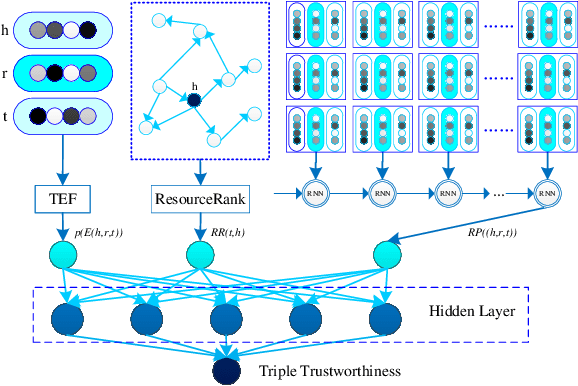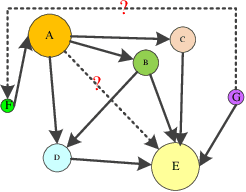Knowledge Graph Error detection and Completion
Paper and Code
Nov 06, 2018



In the era of big data, people face enormous challenges in acquiring information and knowledge. A knowledge graph (KG) lays the foundation for the knowledge-based organization and intelligent application in the Internet age with its powerful semantic processing capabilities and open organization capabilities. In recent years, the research and applications of large-scale knowledge graph libraries have attracted increasing attention in academic and industrial circles. The knowledge graph aims to describe the various entities or concepts and their relationships existing in the objective world, which constitutes a huge semantic network map. It usually stores knowledge in the form of triples (head entity, relationship, tail entity), which can be simplified to $(h, r, t)$.
 Add to Chrome
Add to Chrome Add to Firefox
Add to Firefox Add to Edge
Add to Edge